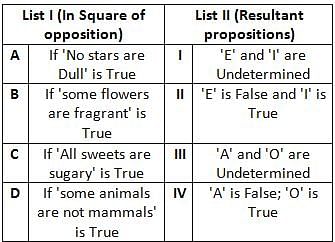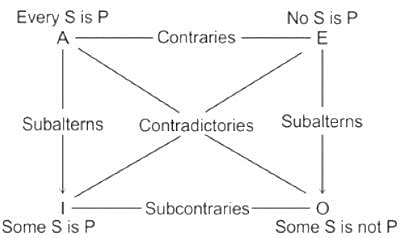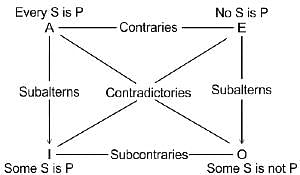UGC NET Paper 1 Mock Test - 2 - UGC NET MCQ
30 Questions MCQ Test UGC NET Mock Test Series 2024 - UGC NET Paper 1 Mock Test - 2
A teacher is designing a unit on environmental conservation for middle school students. Which of the following activities best emphasizes a student-centered approach?
Which of the following challenges poses the greatest obstacle to harnessing the full potential of mass media for community-based environmental development?
| 1 Crore+ students have signed up on EduRev. Have you? Download the App |
In accordance with the traditional square of opposition, which pair of statements are subalternate?
A. All dogs are mammals.
B. No dogs are mammals.
C. Some dogs are not mammals.
D. Some dogs are mammals.
Choose the correct answer from the options given below:
Total boys passed from class XI is what percentage more or less than the total number of girls in class XII?
What is the average number of students passed from the class IX, class X and class XI in the exam?
What is the difference between the total boys passed and the total girls who failed in the exam?
Find the total number of boys who passed from class X and class XII in the exam.
Given below are two statements:
Statement I: In symbolic communication, power operates through images.
Statement II: Such an advantage of exercising power does not exist in other types of communication.
In light of the above statements, choose the correct answer from the options given below:
Match List I with List II

Choose the correct answer from the options given below :
What is the significance of individual roles in society?
How do government rules contribute to societal order?
Why are individual roles essential for societal progress?
A new teacher practices her teaching techniques in a simplified and reduced context before applying them in a full classroom setting. What is this method of teaching commonly referred to as?
Given below are two statements, one is labelled as Assertion A and the other is labelled as Reason R
Assertion A: A fallacy occurs when the middle term appears to be the reason but it is not a valid reason.
Reason R: In Indian logic, a fallacy is called hetvabhasa.
In light of the above statements, choose the correct answer from the options given below:
Given below are two statements:
Statement I: The International Solar Alliance is headquartered in Paris, France.
Statement II: The objective of the International Solar Alliance is only to provide financial assistance to countries for the development of renewable energy.
In the light of the above statements, choose the most appropriate answer from the options given below.
Given below are two statements, one is labelled as Assertion A and the other is labelled as Reason R.
Assertion A: Smiles and laughter should be avoided when messages are serious.
Reason R: Non-verbal cues are always contextual unlike verbal communication
In light of the above statements, choose the correct answer from the options given below
The Eightfold Path in Buddhism, integral to the Fourth Noble Truth, guides ethical and mindful living. Which of the following is NOT a part of the Eightfold Path?
In a classroom, communication becomes effective when participants are:
a) Active
b) Empathetic
c) Heterophilous
d) Homophilous
e) Silent
f) Uncritical
"From the similarity of the Western coast of Africa and Eastern coast of South America, we can infer that the continents were united together and the past event of a separation the continents". The above is an example of which type of inference in Indian logic?
|
16 docs|120 tests
|

























